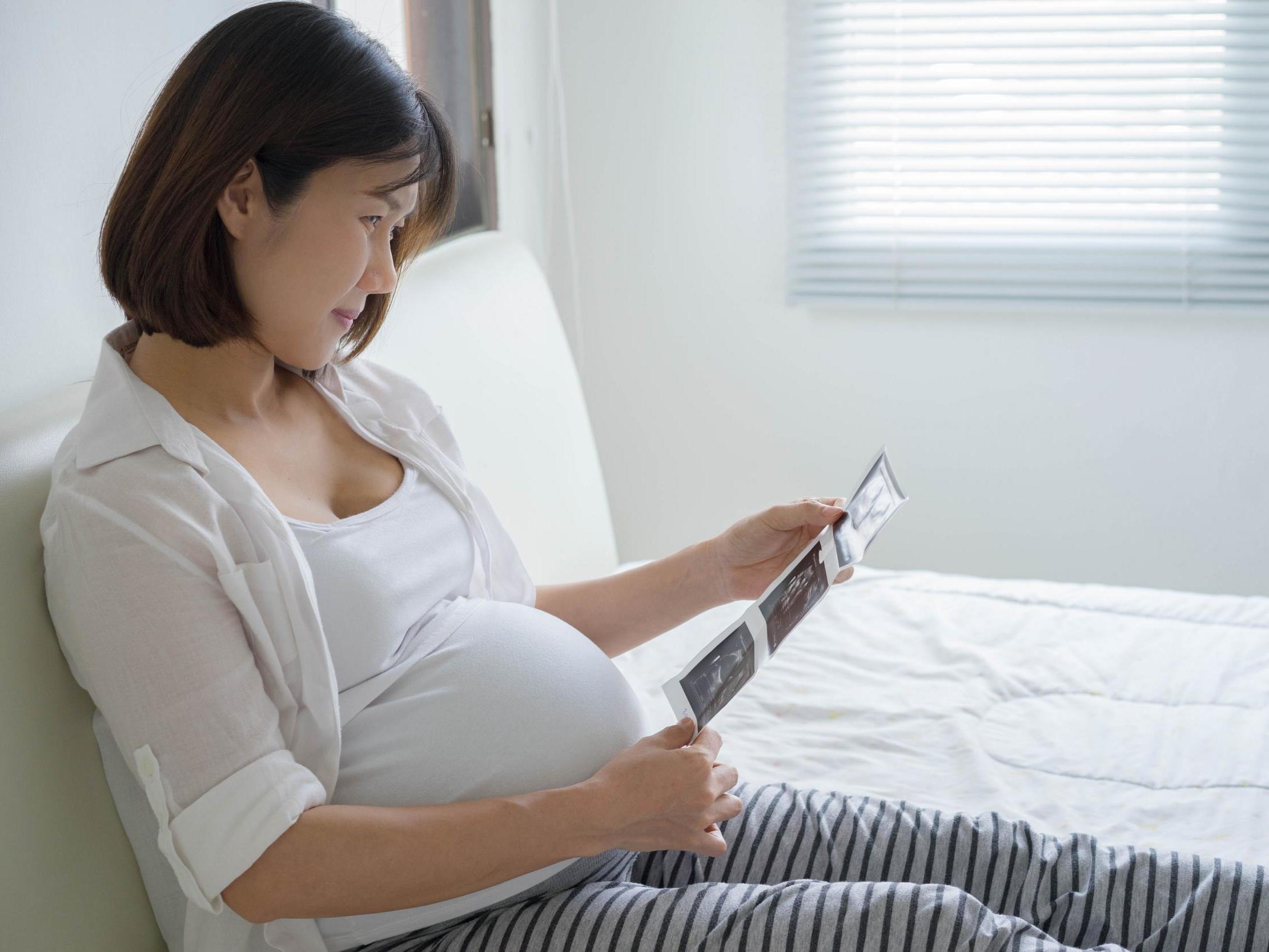Japan’s birth rate hits lowest level since records began in 1899
Difficulty of juggling work and bringing up children blamed as one of the major reasons behind decline

Japan’s birth rate has hit its lowest level since records began in 1899.
The number of births last year fell to a post-war low of 918,397 – a decline of 27,668 since the previous record low in 2017.
In the late 1940s, the number of births stood at about 2.7 million, according to The Asahi Shimbun newspaper.
The latest figures released by the Japanese government showed the country’s population decline - the number of deaths minus births - totalled 444,085, which was worse than the previous largest drop in 2017.
The fertility rate - the average number of children a woman is expected to have in her lifetime - also declined for the third year in a row by 0.01 point to 1.42.
The level needed to maintain the population is 2.07.
The government has set itself the goal of reaching 1.8 per cent for the “desired birth rate” which has declined after people started to marry late or not marry at all.
In 2018, 586,438 couples got married, down by 20,428 from the previous year and the lowest number since the end of Second World War.
A ministry official said: “Economic conditions and the difficulty of simultaneously managing both work and child-rearing are considered the major reasons behind the declining birth rates. We need to promote policies to set up an environment where people who want to have children can have children and raise them at ease.”
The ministry predicts the number of births will continue to decline.
Last year, the number of deaths jumped by 22,085 from the previous year to 1,362,48 – the most since the end of the Second World War.

People aged 75 or older have accounted for more than 70 per cent of all deaths since 2012.
People aged 65 or over accounted for 28.5 per cent of the population, which was about 124.22 million as of 1 October 2018.
Join our commenting forum
Join thought-provoking conversations, follow other Independent readers and see their replies
Comments
Bookmark popover
Removed from bookmarks